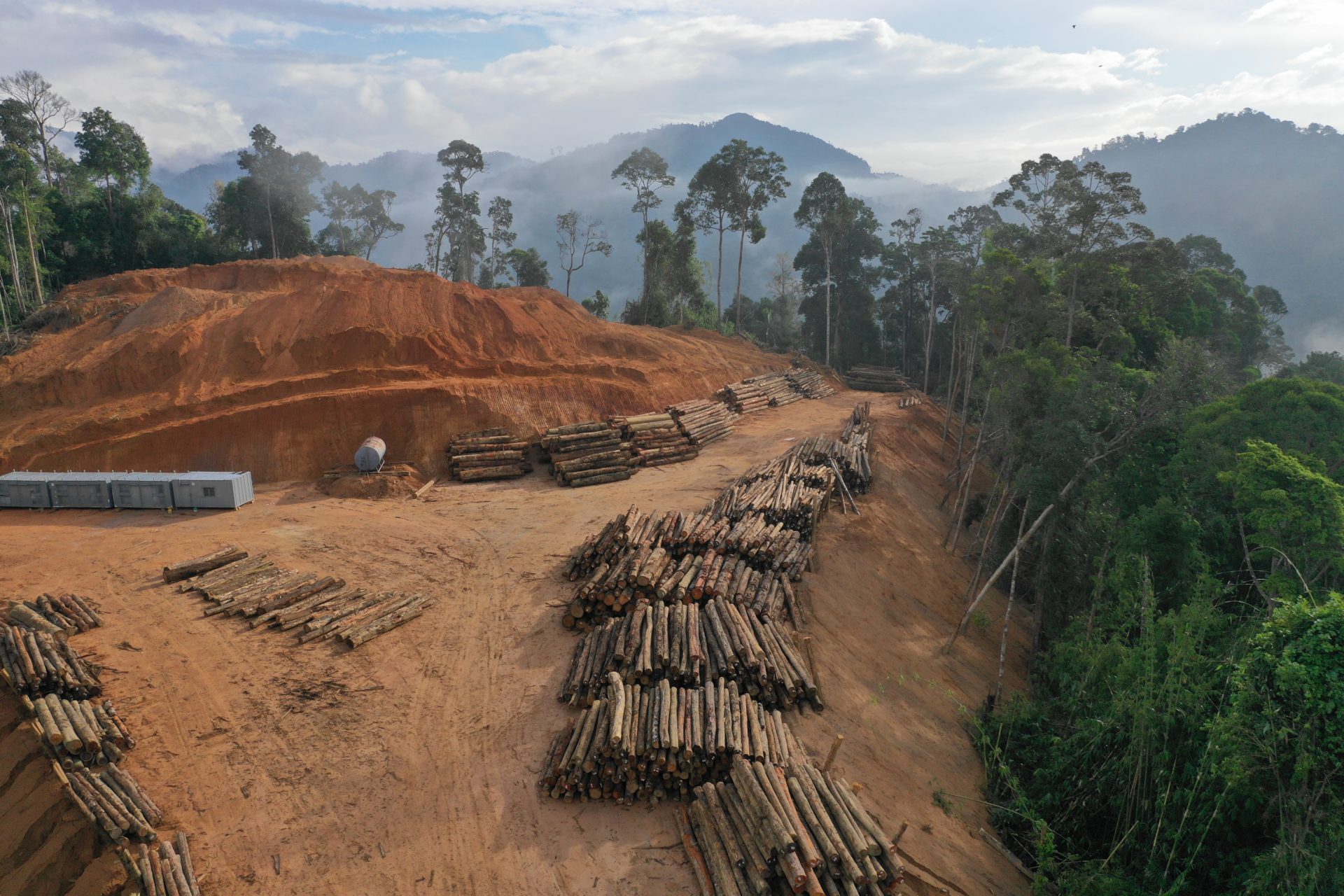
Earth’s natural systems sustain all life. Biodiverse terrestrial, freshwater, and marine ecosystems also enhance human livelihoods and well-being. Thriving ecosystems produce oxygen, purify water, protect from storms, provide food, and regulate the climate.
Yet, humanity has an extensive history of using Earth’s life-sustaining natural resources unsustainably. The aggregate human demands on resources have exceeded the planet’s regenerative capacity since the 1970s. Over 80% of the global population lives in countries that use more resources than what their ecosystems can renew—a discrepancy known as an “ecological deficit”.
Human activities are threatening natural resource availability through land use changes, hunting and harvesting of organisms, pollution, deforestation, and the introduction of invasive species. The sustained overuse of natural resources has caused unprecedented levels of environmental destruction, including the loss of vital ecosystems and biodiversity.
With the global population projected to continue increasing for several more decades, humanity’s impact on the environment is likely to increase. Reducing our impact on ecosystems and the climate requires a global shift toward renewable energy sources, sustainable land use practices, and responsible consumption patterns. Underlying this shift is the need to stabilize human population by ensuring that family planning information and services are available to all who desire them.
Fossil Fuels
The burning of oil, coal, and natural gas has facilitated economic development across the world. Close to three-quarters of global greenhouse gas emissions are from fossil fuel combustion.
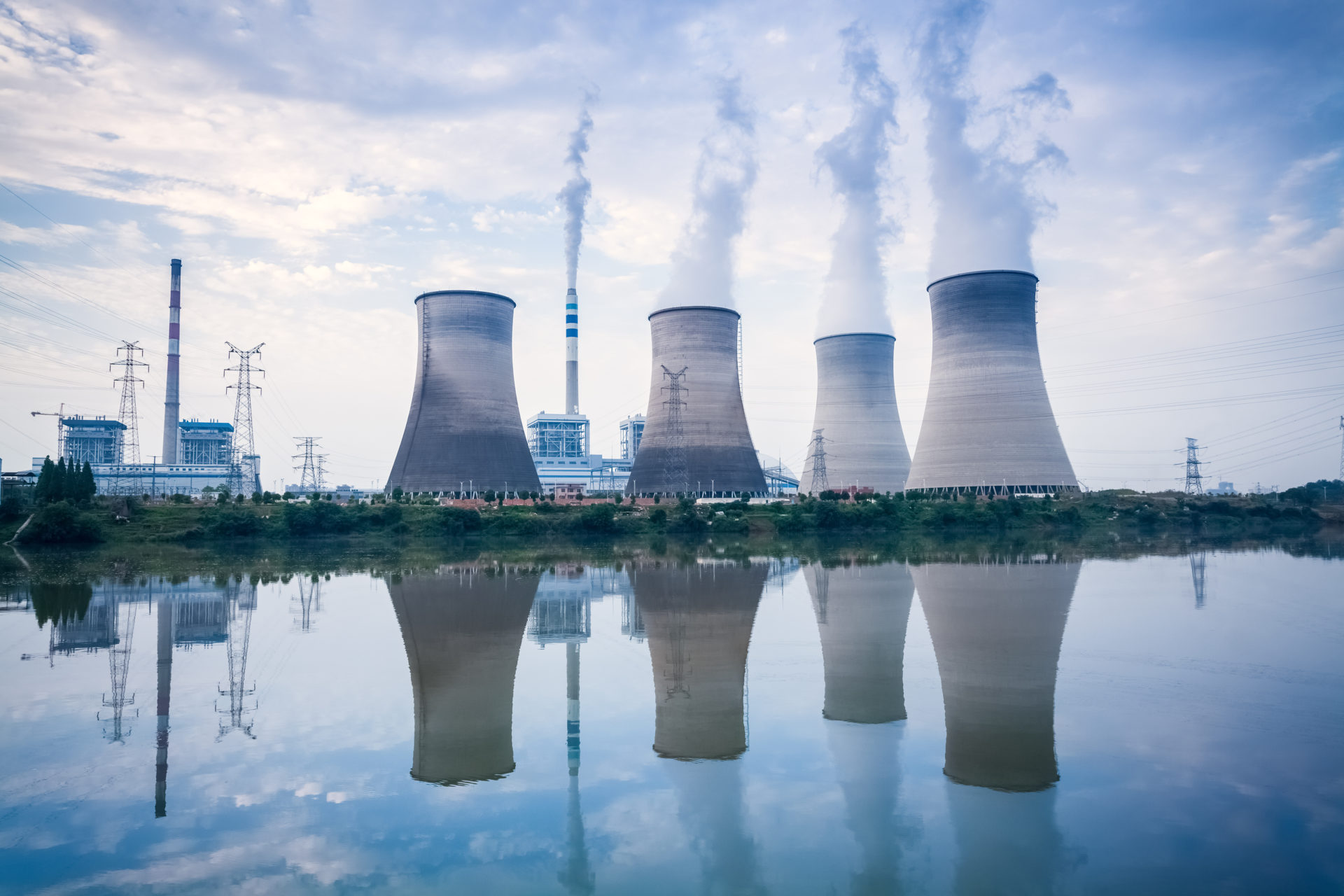
71%
The growing human population has dramatically altered Earth’s ecosystems, transforming forests, grasslands, and other wilderness areas into farms, pasture, timberland, mines, and settlements. People are now using around 71% of Earth’s habitable land and are indirectly affecting the rest of the globe through pollution and climate change.
26-34%
Our global food chain, including cultivation, production, packaging, transportation, refrigeration, and cooking, contribute between a quarter to a third of all human-caused greenhouse gas emissions.
Water
According to the UN, nearly half the global population lives in areas without reliable access to fresh water for at least one month per year. This is expected to increase to between 4.8 and 5.7 billion people by 2050.
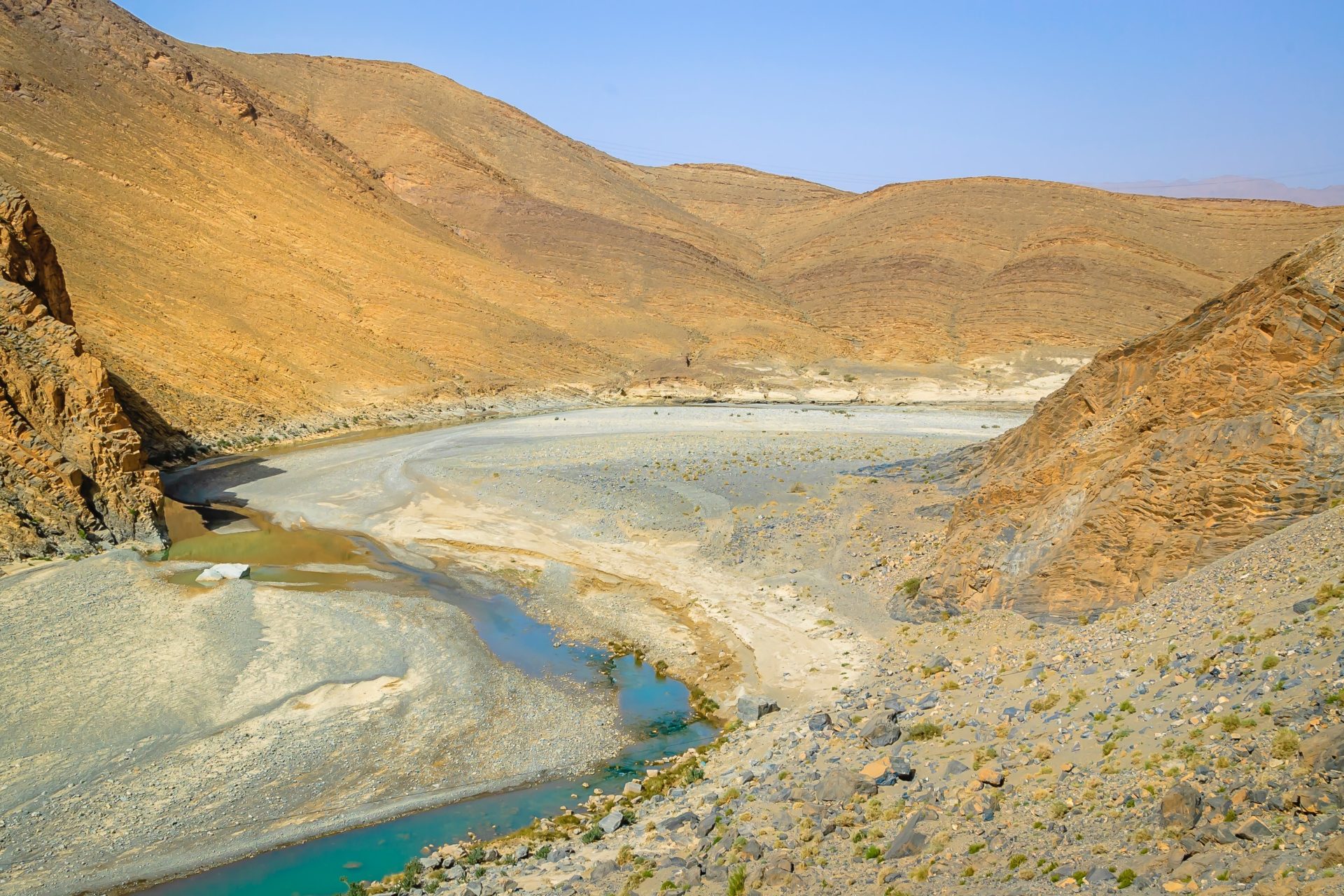
+134%
According to the World Meteorological Organization (WMO), flood-related disasters have increased by 134% since 2000.
25%
Already a quarter of the world’s population faces “extremely high water stress,” meaning they live in countries that are using at least 80% of their water supply every year. An additional 1 billion people are expected to be affected by 2050, according to the World Resources Institute (WRI).
Forests
Trees and other plants take in CO2 and release oxygen during photosynthesis, making them key actors for planetary health and climate regulation. Yet human changes to landscapes, especially deforestation, have released carbon back into the atmosphere for centuries. According to the Food and Agriculture Organization of the United Nations (FAO), the world lost around 10 million hectares (25 million acres) of forest each year between 2015 and 2020, an annual loss equivalent to the size of South Korea.
Between 2005 and 2013, cattle grazing accounted for 41% of tropical deforestation, followed by oilseeds such as from palms and soybeans at 18% (most of which are fed to livestock). In lower-income areas, small-scale subsistence farming is also an important driver of deforestation, such as in the Congo Basin, where it accounts for as much as 84% of forest disturbance.
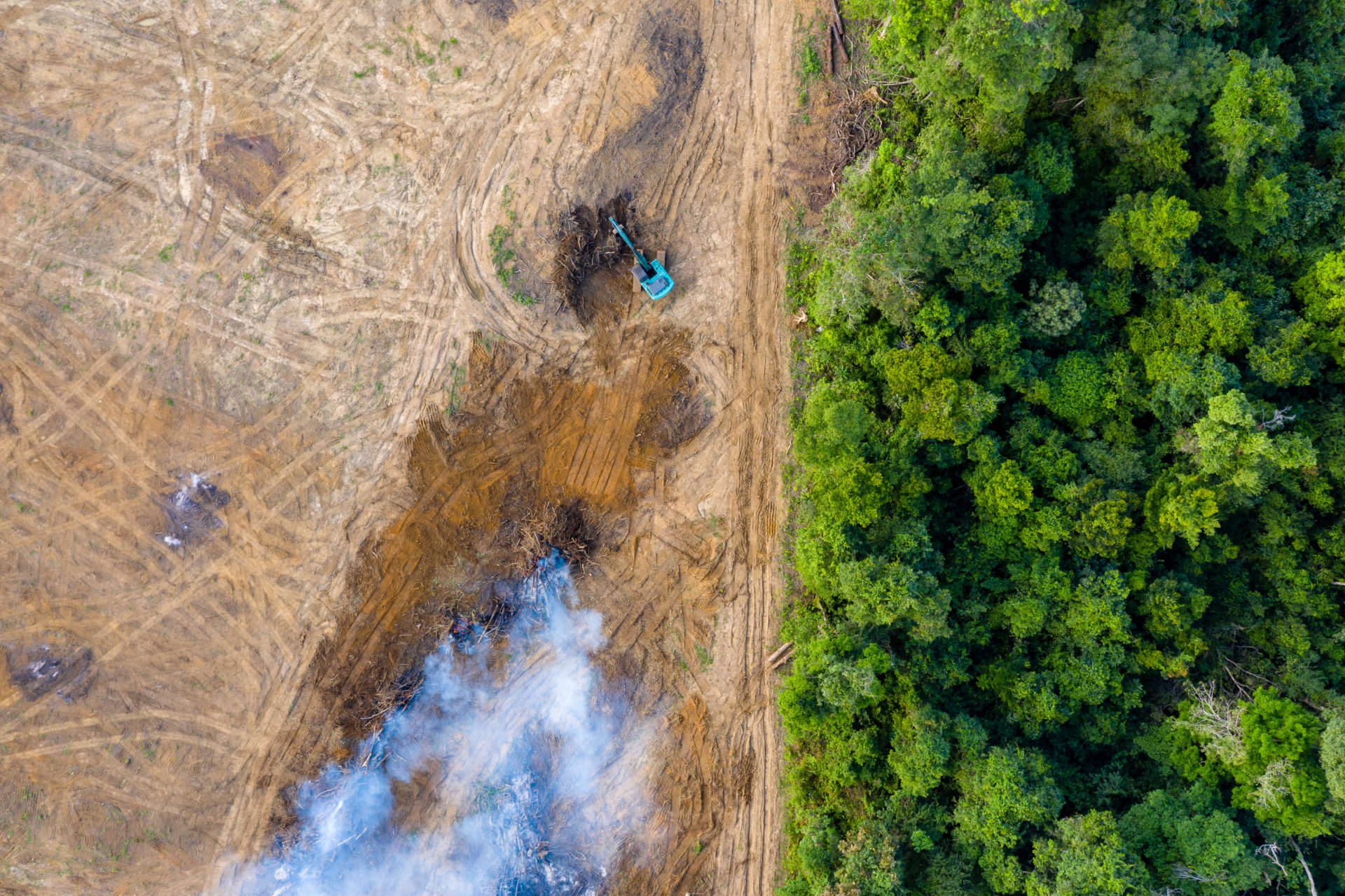
Food
Humanity uses almost half of all habitable land for agriculture.
Expanding industrial agriculture—large-scale farms and livestock operations—disproportionately contributes to soil degradation, unsustainable water use, biodiversity loss, and waste production.
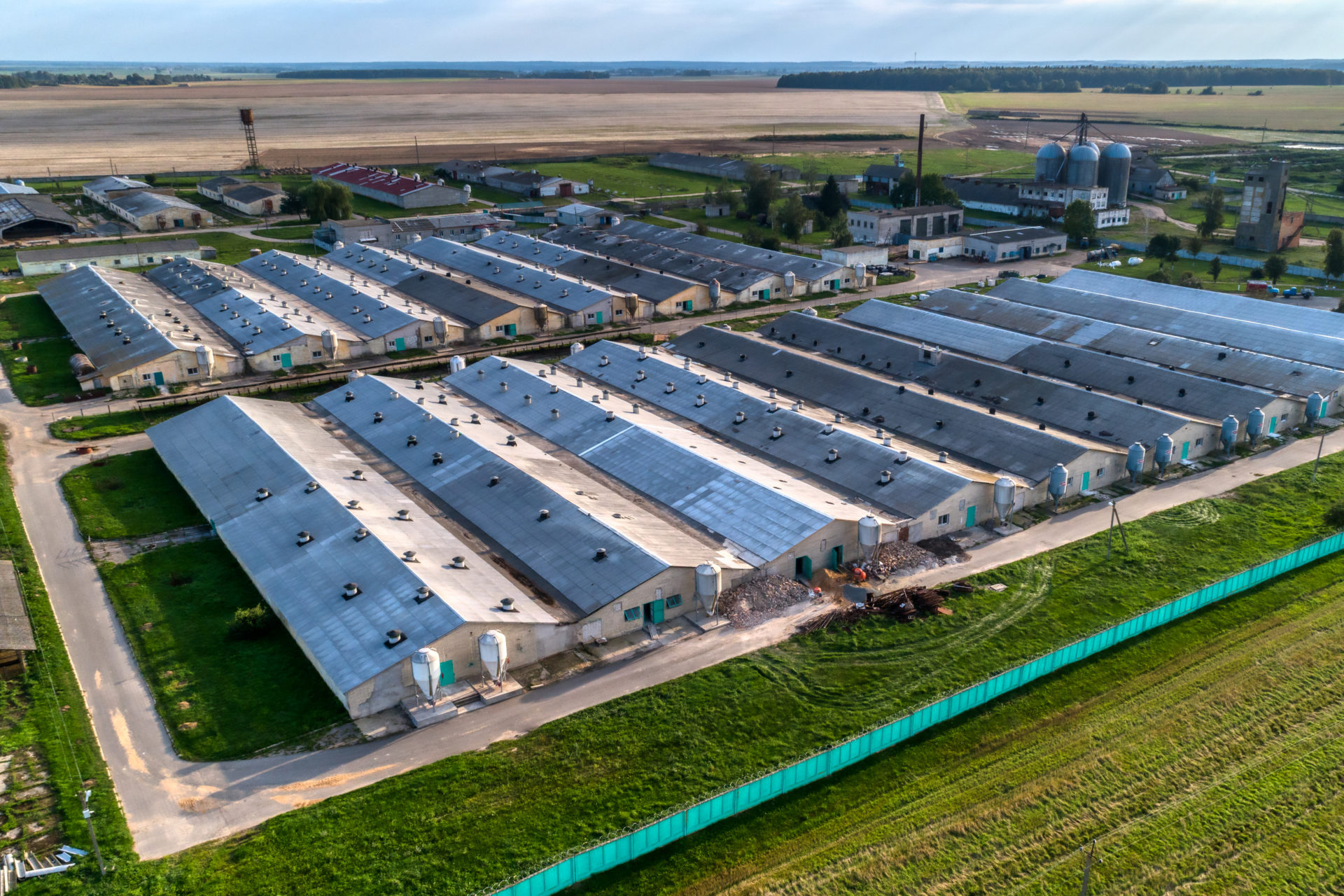
100x
Current farming methods can degrade soil more than 100 times faster than new soil is formed. Overplowing and overgrazing turn fertile land into wasteland, which in turn increases both food insecurity and climate vulnerability.
500 million
Over 500 million people are already living in areas that have recently experienced desertification.
Livestock farming is responsible for more than half of global greenhouse gas emissions from food, and is a leading cause of deforestation, biodiversity loss, freshwater extraction, and water pollution. As the world’s population continues to grow and people become wealthier, so too will the demand for resource-intensive foods like meat and dairy.
The demand for ruminant meat (beef, lamb, and goat) is projected to increase by 88% between 2010 and 2050. This trend is not compatible with cutting agricultural greenhouse gas emissions and ending the conversion of remaining forests to farmland.
Producing beef, the most common of the ruminant meats, requires more than 20 times more land and creates more than 20 times more greenhouse gases per gram of edible protein compared to plant proteins like beans or lentils.
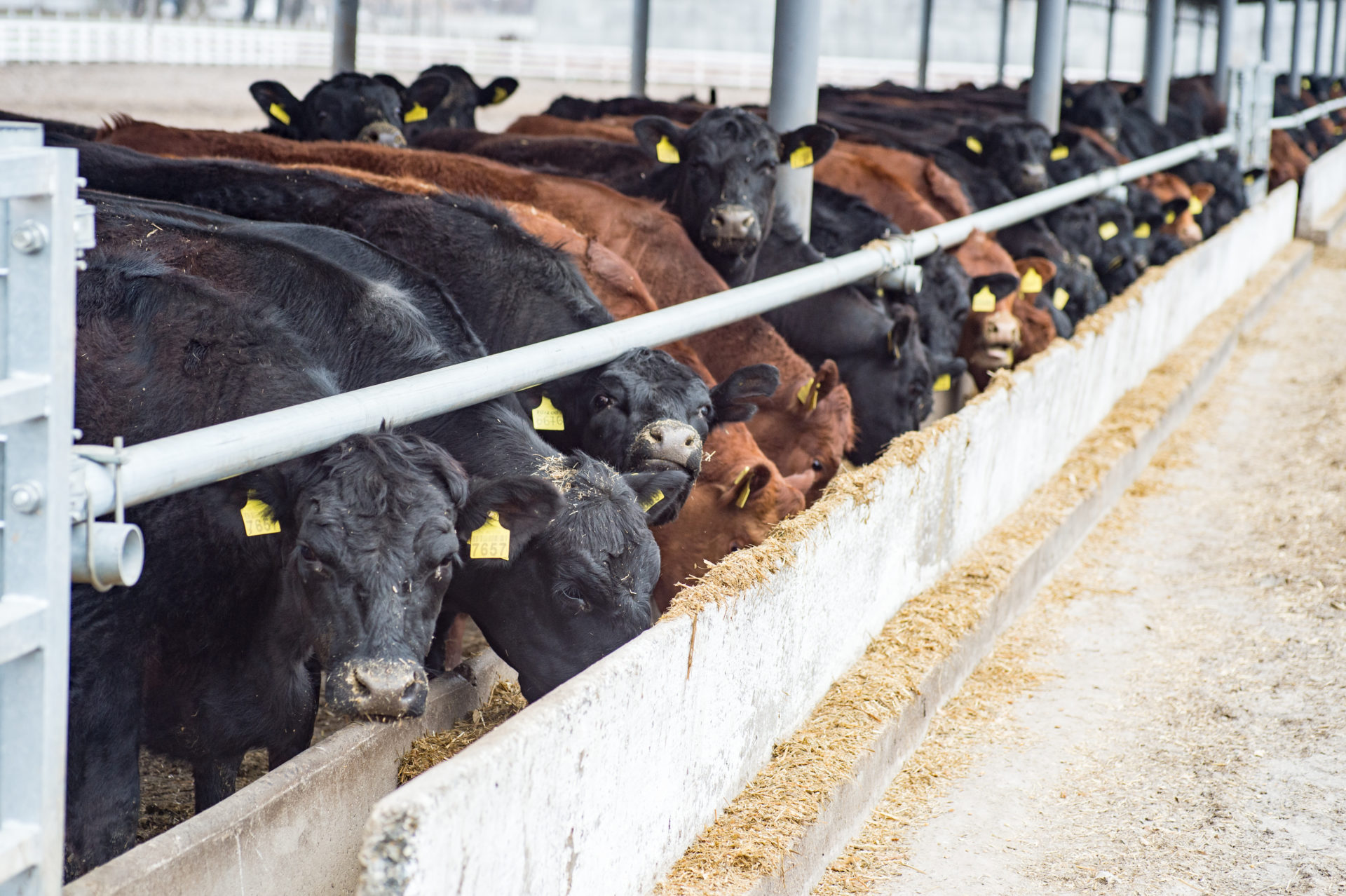
783 million
Progress on alleviating hunger and food insecurity has stalled and even reversed in recent years due to conflict, climate change, and economic crises. In 2023, an estimated 783 million people faced chronic hunger.
35%
Over a third of global fisheries are overfished, and total fisheries and aquaculture production reached a record 214 million tonnes in 2020, according to the FAO.
Feeding our population sustainably while meeting climate targets will require massively transforming our food systems, such as by ending food waste and switching to plant-heavy diets. Ending population growth sooner rather than later will make a sustainable food future a lot more attainable.
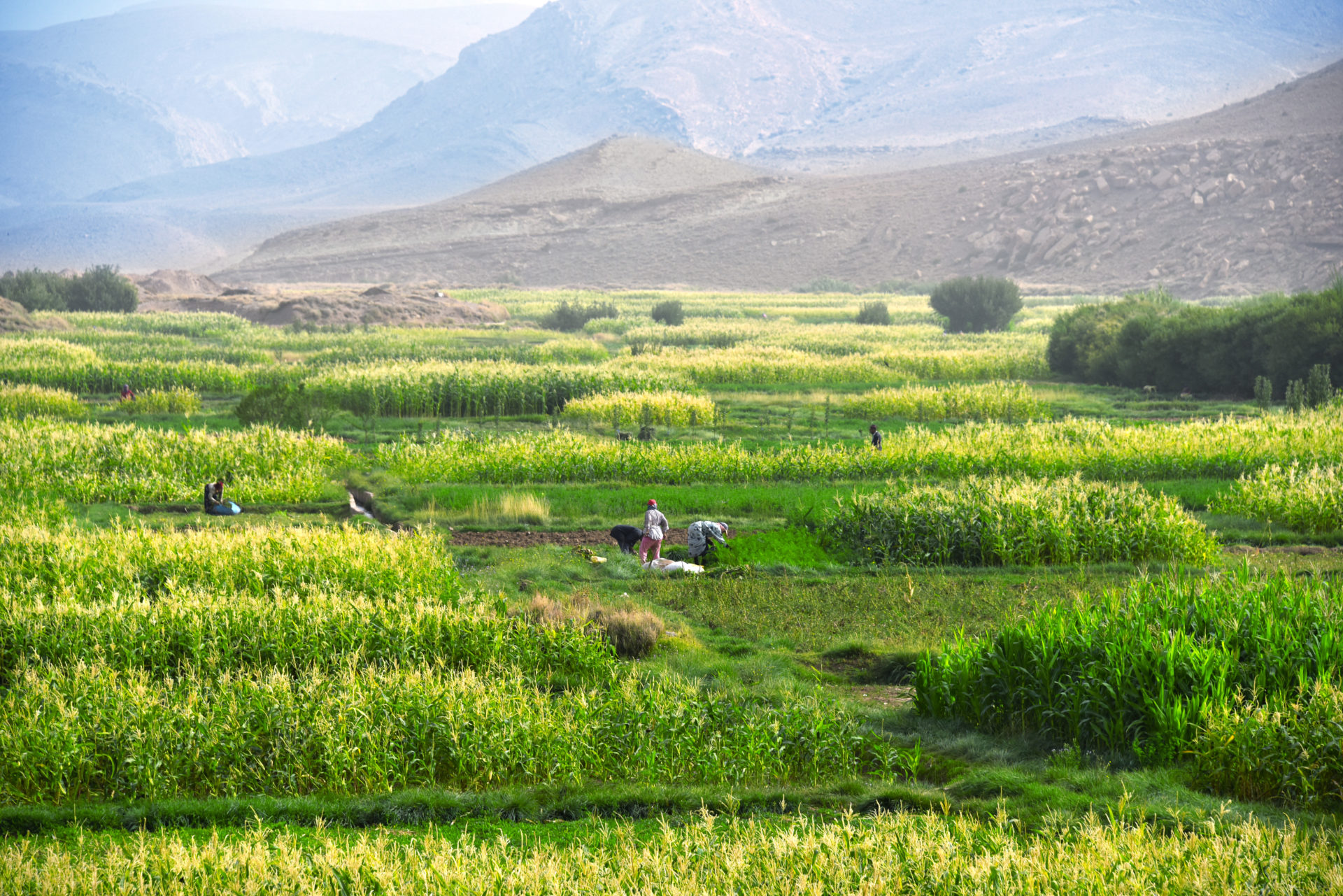
Ending population growth requires increasing educational opportunities for girls, expanding access to quality reproductive health services, and ending harmful gender norms.

Relevant SDG Target
By 2030, achieve the sustainable management and efficient use of natural resources
Read More
Info Brief
Download this info brief for more information on the ways in which human activities drive the world’s most pressing environmental challenges, with a focus on climate change.
Slide Deck
This PowerPoint slide deck offers a detailed look into some of humanity’s most environmentally destructive practices and showcases several possibilities for macro-level solutions to global environmental pressures and climate change.
Recommended Readings
Browse literature on the connections between global population growth, industrialization, and mounting environmental pressures made worse by climate change. This resource also includes solution-oriented sources outlining potential paths toward a global transition to renewable energy, sustainable land use practices, and responsible consumption patterns.
